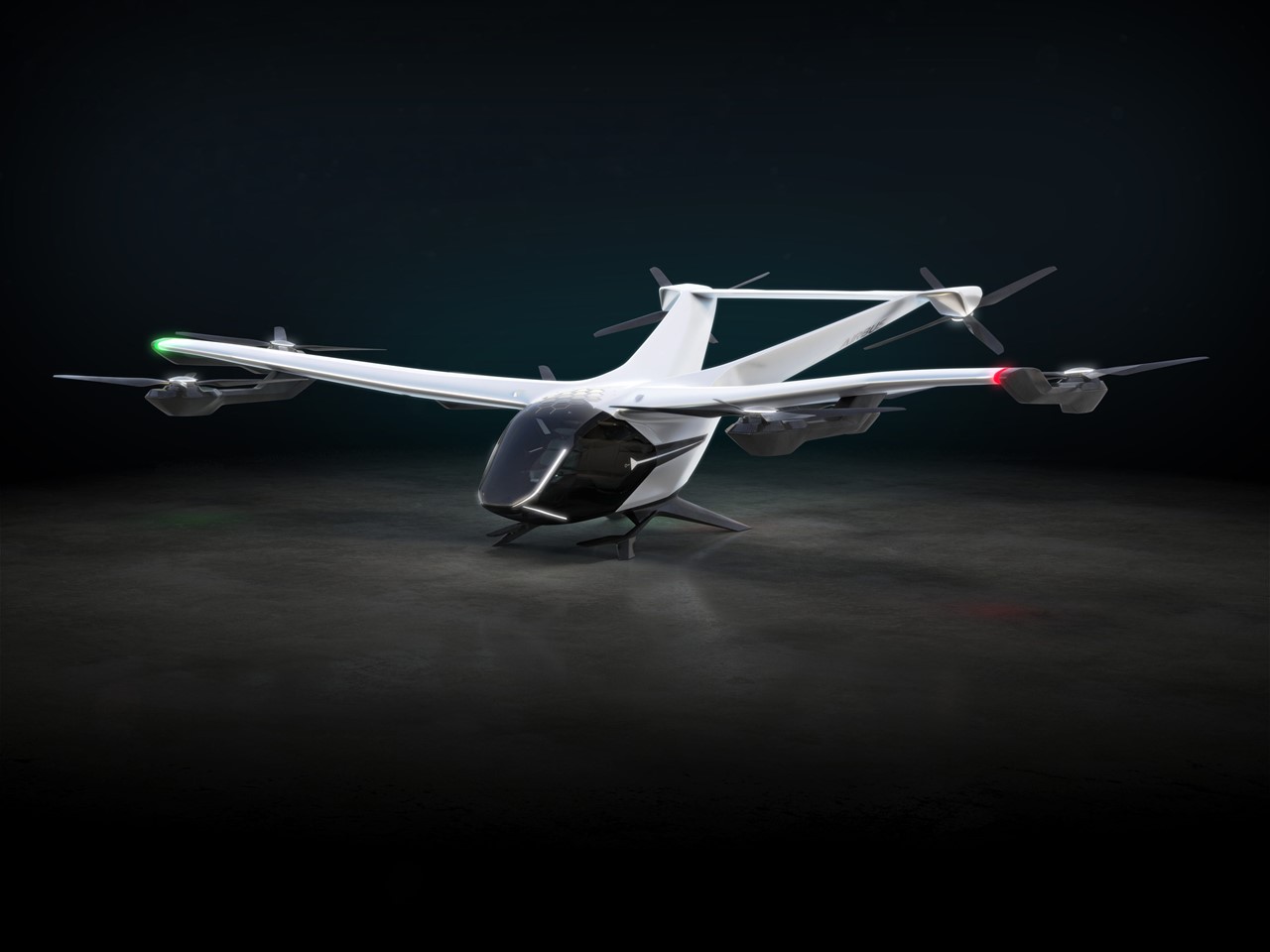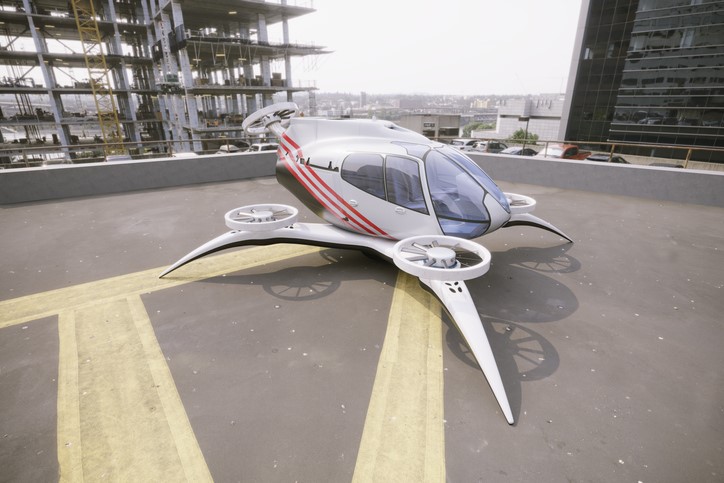Urban Air Mobility (UAM) has emerged as a promising solution to address the increasing challenges of urban transportation.
This innovative concept envisions a future where electric vertical take-off and landing (eVTOL) aircraft and drones navigate the skies, offering efficient and sustainable transportation alternatives. As we delve into the realm of UAM, it is crucial to understand its historical trajectory, the obstacles it currently faces, and the projected growth in the coming years.
Over the past decade, significant strides have been made in the field of UAM, fueled by technological advancements and the demand for smarter urban mobility solutions. The integration of eVTOL aircraft, autonomous systems, and advanced air traffic management has paved the way for transformative possibilities in urban transportation. Notable pioneers, both established manufacturers and startups, have showcased innovative prototypes and conducted successful test flights, demonstrating the feasibility of vertical flight capabilities.

In this article, we will investigate the startup culture, the challenge of how UAM funding remains a crucial obstacle, and all of this while market projections still indicate robust growth.
There are wild pioneer opportunities in the world of UAM, so buckle up, it’s going to be a ride.
Is the Dream Meeting Reality?
In recent years, UAM has witnessed significant advancements and collaborations in the field of flying taxis and personal drones. Start-ups like SkyDrive, Joby Aviation, Lilium, Bell Helicopter, and Volocopter have made notable progress, with plans for launches, demonstrations, and production in the coming years. Major automotive companies such as Audi-Italdesign-Airbus, Hyundai, Geely, Porsche, and Toyota have also joined the race, investing in UAM start-ups and exploring the potential of urban air mobility. However, challenges such as the cost of development, infrastructure, safety regulations, and public acceptance still need to be addressed to unlock the full potential of this market.

In fact, according to an article published by Mckinsey, the future air mobility (FAM) industry has faced significant challenges in fundraising, with funding levels lower than the record levels of 2021. Public eVTOL companies have limited cash reserves, and while some may reach certification, additional capital may be needed for the production phase. Program delays are common, and share price degradation has brought challenges such as equity dilution and the risk of ceasing operations due to bankruptcy.
A Look at the UAM Startup Culture
According to a report released in the Global Newswire, the global urban air mobility market is projected to reach $12.4 billion by 2027, growing at a compound annual growth rate (CAGR) of 9.9% from 2020 to 2027. The Platform segment is expected to record a CAGR of 10.1% and reach $8 billion by the end of the analysis period. The United States is estimated to have a market size of $1.9 billion in 2020, while China is forecasted to grow at a CAGR of 9.3% and reach a market size of $2.1 billion by 2027. Other notable geographic markets include Japan, Canada, and Germany with growth rates ranging from 8.1% to 9.1% CAGR.
The Startup ecosystem is reflecting this growth. Venture Radar is listing over 340 active Startups labeled as working with Urban Air Mobility. While the startup innovation platform Valuer.ai has 960 listed in a search.
Our Take
In conclusion, the field of Urban Air Mobility (UAM) has experienced significant progress and collaboration in recent years, with notable advancements in flying taxis and personal drones. Startups are going strong, however, challenges remain in terms of funding, infrastructure, safety regulations, and public acceptance.
Despite these obstacles, market projections indicate robust growth. So from our perspective, as the dream of urban air mobility meets reality, addressing these challenges will be crucial to unlock the full potential of this transformative transportation solution.